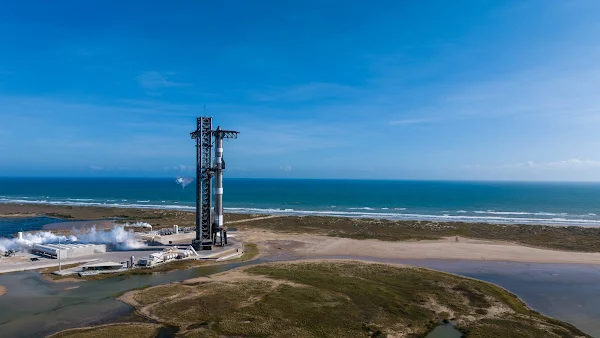SpaceX is gearing up for its sixth Starship full-stack test flight. Starship Flight 6 will not only attempt another catch with the launch tower but will also push the second-stage Starship spacecraft to its limits with a crucial in-space Raptor engine ignition.
Second-Stage Starship: The Key Focus
Building on previous test flights, SpaceX will prioritize the second-stage Starship during Flight 6. Key tests include:
- Testing additional thermal insulation on the Starship
- Flying at a steeper angle to evaluate flap control, crucial for reusability
- Analyzing the effects of atmospheric reentry on sections without heat shield tiles
- Attempting in-space reignition of a Raptor engine, essential for long-duration missions
Recovering and reusing the second stage is a primary goal for SpaceX, as it represents a significant cost factor. Unlike the Super Heavy booster, which is caught by the launch tower, the Starship's heat shield requires careful evaluation before implementing any changes.
The in-space engine reignition is critical for future long-duration missions to the Moon and Mars. This test will also be a stepping stone towards in-space refueling tests planned for 2025, vital for demonstrating SpaceX's ability to create a propellant depot in space for NASA's Artemis program.
Starship Flight 6 also paves the way for the second-generation Starship second stage, featuring larger tanks and improved heat shield tiles.
